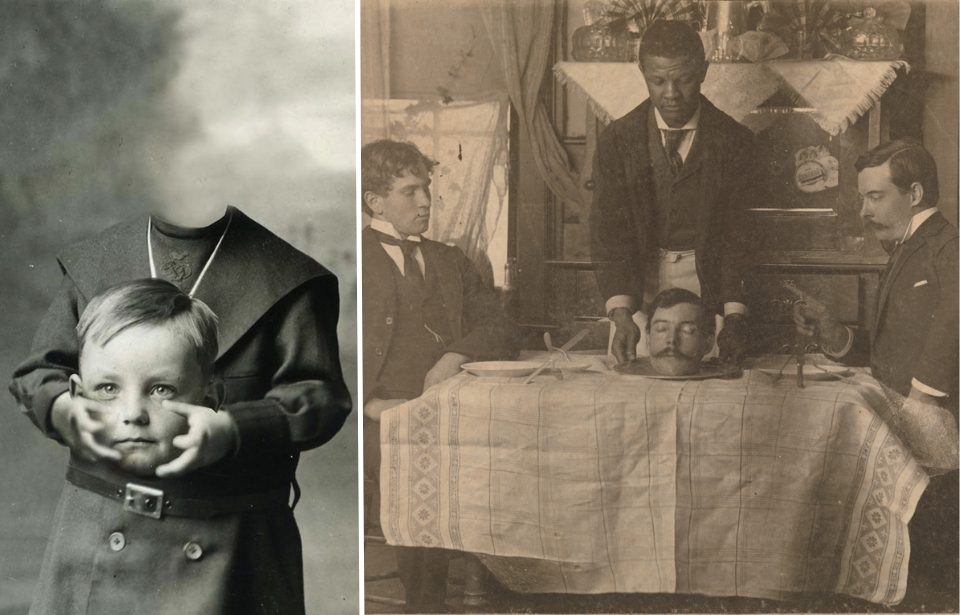The Victorian Era is known for its rather interesting pastimes, but one of the more macabre (and amazingly creative) activities was sitting for headless portraits – known as the art of headless portraiture. With camera and film technology still in its infancy, photographers actively worked to advance their knowledge, and this allowed them to hone their skills in a pre-Photoshop world.
Introduction of a macabre form of photography
The art of headless portraiture is credited to Swedish photographer Oscar Gustave Rejlander. Credited with developing numerous photographic techniques, including Combination Printing and Photomontage, he was the first to create a print within this emerging genre. Titled Head of St. John the Baptist in a Charger, it was created by combining two different negatives.
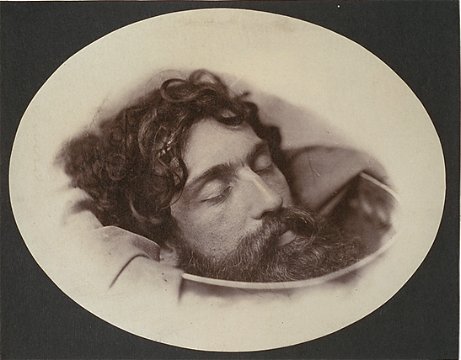
The image caused a stir, and almost immediately the general public was demanding their own versions. This was because society as a whole during the 19th century had a fascination with death and the afterlife. This wasn’t without cause, given the amount of illness and disease that ran rampant in large cities.
In fact, death was so prevalent that many families took portraits with their deceased loved ones, to create a permanent reminder of their life together.
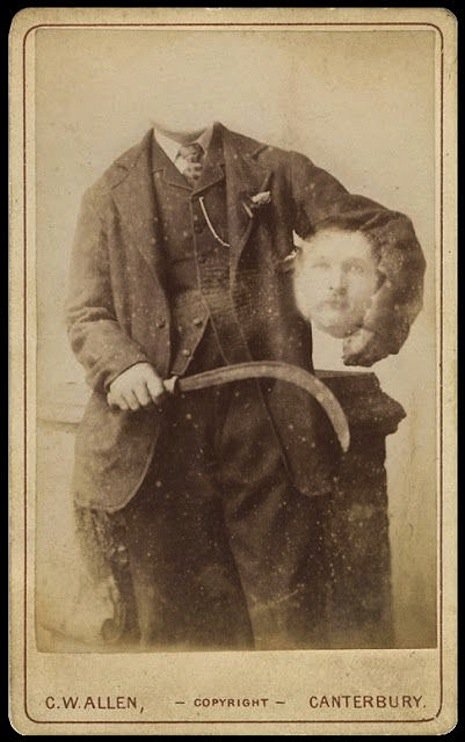
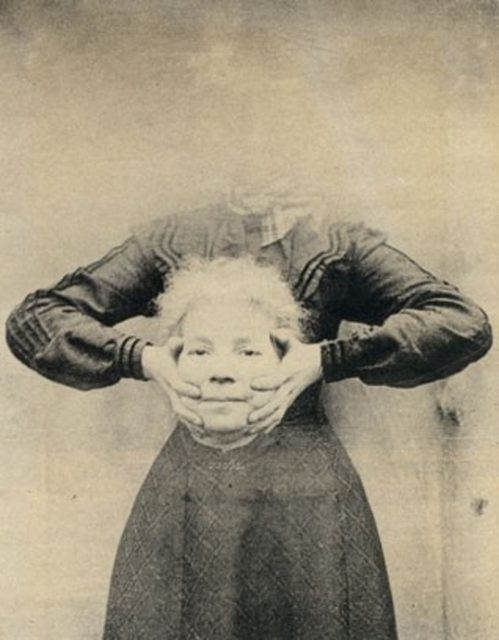
Soon, photographers were recreating Rejlander’s work. To advertise this new service, they purchased advertising space in newspapers. One photographer, in particular, Samuel Kay Balbirnie, ran spots in the Brighton Daily News that read: “HEADLESS PHOTOGRAPHS – Ladies and Gentlemen taken showing their heads floating in the air or in their laps.”
How were Victorian headless portraits created?
Just because the nature of the photographs was morbid doesn’t mean those involved didn’t have fun. The individual being photographed – the “sitter” – sat for a couple of photos, allowing the photographer to have a number of samples to work with while in the editing room.
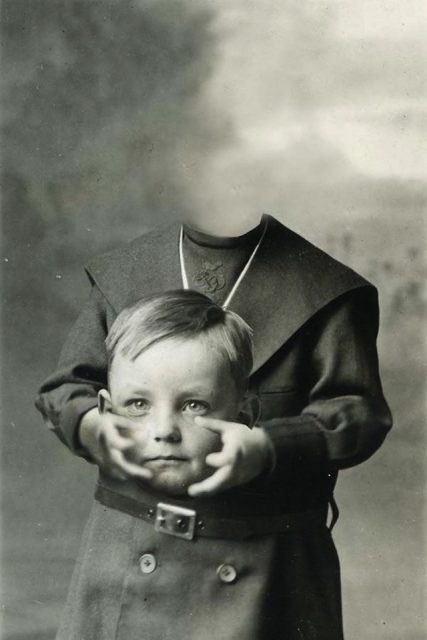
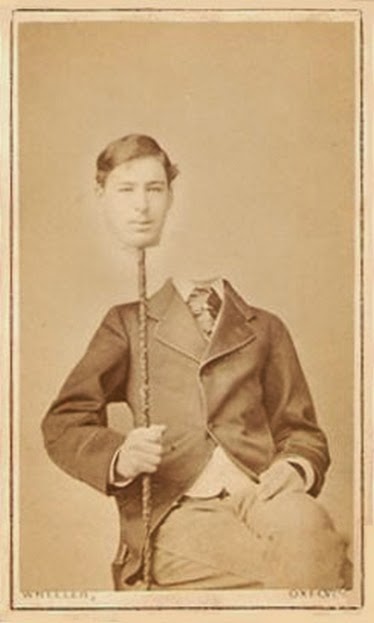
Depending on the direction they wanted to take, the sitter could be shown holding their decapitated head in a variety of poses. Some kept it simple, holding their head in their hands or by their hair, while others were more creative, holding their head in one hand and the weapon used in their “murder” in the other. Some even had it look as if their heads were being served to them on a platter!
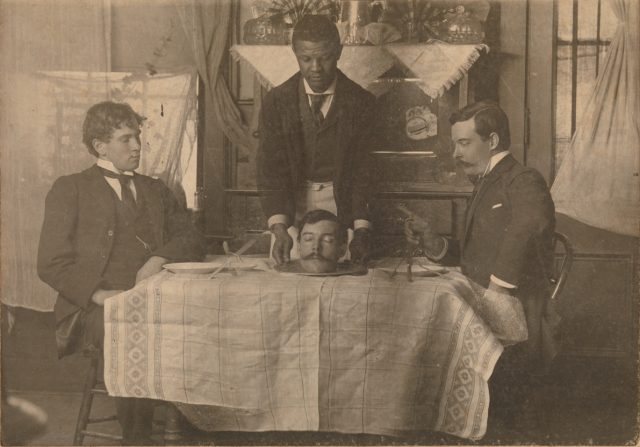
The difficult part of the process came during editing. To create the illusion that the sitter was, indeed, headless, the photographer had to combine the photos by cutting and pasting them into one final image, which allowed it to appear as though only one had been taken.
Talk about creepy and creative!
